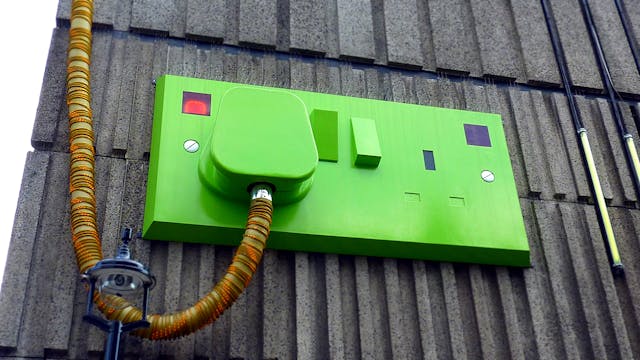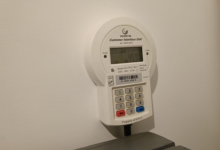
You load the usual Ksh 500 on your meter. A few seconds later, the token arrives—and it’s less than you got last time. Again. You start wondering: Is Kenya Power quietly raising prices? Not exactly. But there’s a good chance your tariff rate has changed.
Most people don’t know this, but Kenya Power doesn’t charge everyone the same per unit. The price you pay depends on how much electricity you use over time, and it can change without warning—just because of how you use power.
Let’s break it down in plain terms.
So, What Are Kenya Power Tariff Rates?
Think of it like this: Kenya Power groups people into three usage categories based on your average electricity use over the last three months. Each group has a different price per unit. The more power you use consistently, the more you pay per unit.
You could be spending the same amount every month—but if you’ve crept into a higher category without realizing it, your tokens will get you fewer units. That’s why it feels like they’re disappearing faster.
Here’s how the categories work.
The Lifeline Tariff — For Low Usage Homes
If your household uses less than 30 units per month, you’re in the cheapest group.
Cost per unit: Ksh 12.23 (before taxes)
Who it’s for: People who use very little power—just a few lights, a phone charger, maybe a TV at night
How to stay in it: Keep usage consistently below 30 units for at least three months
This band is meant to help lower-income homes or those really trying to save. But once you go over the 30-unit mark—even just once—you’re likely bumped into a more expensive rate.
The Mid-Tier Tariff — Where Most People Fall
Using between 30 and 100 units a month puts you here.
Cost per unit: Ksh 16.45
Typical setup: You’ve got a fridge, maybe iron clothes regularly, watch TV, and use a few lights each evening
What to watch: This band can sneak up on you if your usage gradually increases
This is where many households end up without realizing it. It’s not “high usage,” but it’s not low either—and the cost difference per unit is enough to shrink your tokens noticeably.
The Upper Tariff — For Heavy Power Use
If your average usage is over 100 units a month, you’ll be charged the highest domestic rate.
Cost per unit: Ksh 19.02
Common culprits: Electric water heaters, multiple TVs, fans, washing machines, or just a busy household with everything always plugged in
Reality check: This is where tokens vanish fast
And once you’re in this category, it takes more than just one low month to move back down. Kenya Power wants to see three months in a row of lower usage before your rate changes.
Cutting Back for One Month Won’t Fix It
Let’s say you notice high usage this month and decide to unplug everything and use candles. That’s great—but it won’t help right away. Kenya Power looks at your three-month average, not just your most recent bill.
So to move into a cheaper band, you’ll need to cut back consistently over a few months. One low-usage month isn’t enough.
How to Get the Most Out of Your Tokens
If you’re trying to stretch your tokens and avoid creeping into a higher tariff, here are a few simple things you can actually do:
- Unplug devices when they’re not in use. Even idle electronics use power
- Use energy-saving bulbs and keep unnecessary lights off during the day
- Limit electric kettles, irons, and water heaters. These are high-drain devices
- Keep tabs on usage. Use your meter code to check how many units you’ve used this month and stay aware
And if you’ve already crossed into a higher band, don’t panic. Just start small, keep usage low, and over time you’ll move back into a lower, more affordable rate.
Bottom Line
The truth is, your tokens aren’t shrinking because Kenya Power secretly raised prices. They’re shrinking because of how much electricity you use—and which Kenya Power tariff rate you’ve been placed in based on that use.
Understanding these tariff bands gives you a better shot at managing your monthly expenses. It won’t happen overnight, but small consistent changes can lower your average usage—and eventually, your unit price too.
You don’t have to live in the dark. You just have to know the system you’re playing in.
Mark your calendars! TechTrends Pulse lands in Nairobi this August! Join top tech leaders, innovators & AI experts for a half-day of keynotes, showcases & sharp insights on business transformation. RSVP now -limited slots available! Register here.
Follow us on WhatsApp, Telegram, Twitter, and Facebook, or subscribe to our weekly newsletter to ensure you don’t miss out on any future updates. Send tips to editorial@techtrendsmedia.co.ke


